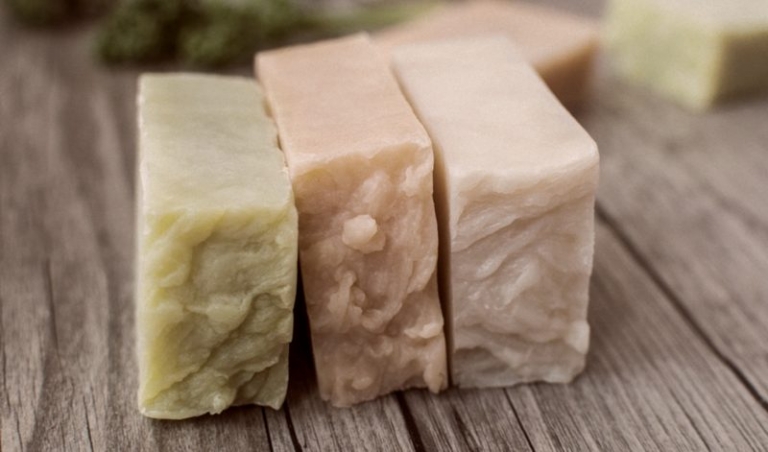
Home-made soap was universally used in West Virginia before the commercial product became available in the 20th century, and spring was ultimately soap-making time.
Soap was made with pork fat, beef tallow, or mutton fat, and lye—ingredients that were generally available in good measure by the end of winter.
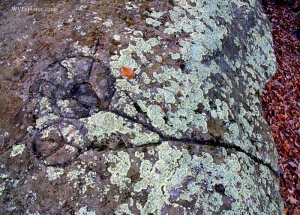
After butchering season in autumn, the fat and tallow were stored through the winter quite easily as low temperatures were usually sufficient to keep them frozen.
The lye could be purchased in the store, though it was usually a home-made product. To produce lye, families saved the wood ashes from their stoves and fireplaces for several months, often an entire winter.
When the time came for lye-making, the ashes were placed in a crude trough or a half-barrel set on a rock or a stand, and water was allowed to drip through them into a container. The liquid which dripped out was usually a strong enough lye solution for making soap.
When soap was needed, grease would be rendered from the fat and placed in a large pot, into which the lye solution was added. The proportions were about two pounds of grease to a gallon of lye.
A fire was built under the pot, and the mixture was allowed to boil. It was stirred occasionally until it became very thick—the consistency of jelly. It was then poured into a crock or a wooden container and allowed to harden.
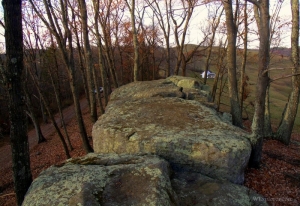
Some of the mixture might be poured into shallow pans, to be cut later into cakes for household use. The rest was left in larger containers to be used for washing dishes and clothes.
In some cases, herbs and flowers might be added—as they are now by makers of artisan soaps—but in the early days the matter was one of practicality, and little time was available for invention.
How to make butter at home—West Virginia style
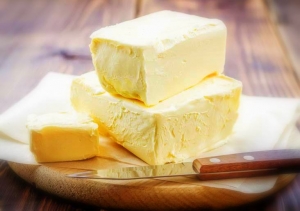
The process of making butter is known to be older than civilization, and a limitless variety of butter-making methods certainly exist—ranging from the production of ghee in southern Asia to bog butter in northern Europe. But mountain folk in West Virginia had their own methods, surely not so different than others, though influenced by tradition and climate. Read the full story here.
Sign up to receive of FREE copy of West Virginia Explorer Magazine in your email twice weekly. Sign me up!


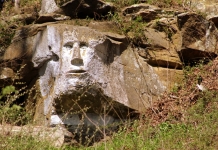


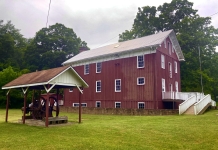
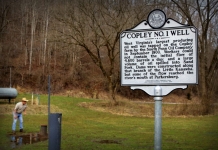
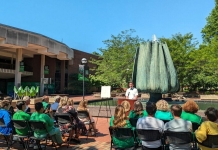
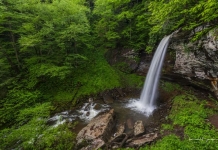

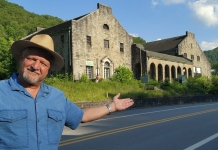


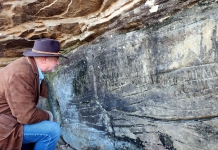

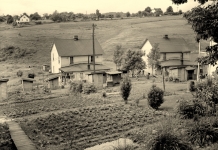






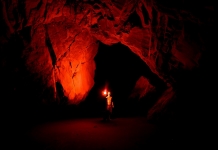
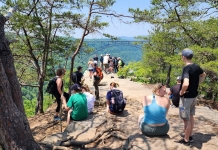





Facebook Comments